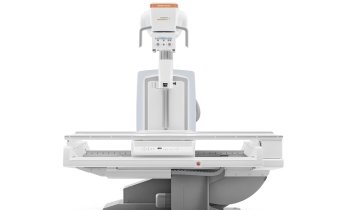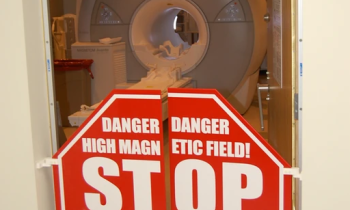Statistics: Where is there safety in numbers?
Doctors slam claims of 18,800 preventable hospital deaths in just one EU country.

The Hospital Report on Patient Safety, recently published by major German statutory health insurer AOK-Bundesverband, has provoked indignation in physicians and hospitals alike. Above all, they question the report’s estimate from 2011 alleging that 18,800 patients died in German hospitals following preventable adverse events.
Since 1993 the insurance group’s scientific institute (Wido) has published an annual Hospital Report to focus on a specific topic. In the current issue, Wido took an in-depth look at patient safety, with experts from research and clinical practice discussing the problem from different angles. The 500-page report was barely off the press when the reaction set in.
Max Geraedts found himself in the line of fire: it was he, as professor for healthcare systems research at Witten/Herdecke University, who had made the calculations, based on the data of a systematic review of the international research literature from 2006, updated in 2007, which indicated that five to ten percent of all cases in a hospital are accompanied by adverse events, two to four percent by preventable adverse events and one percent of all medical interventions are burdened with a medical error.
The data further allow the conclusion that one per million patients treated in a hospital suffers a fatal error. In its 2007 report the German government’s Expert Panel on Health calculated that, based on these data, 17,000 patients died due to preventable adverse events. Applying these data to 2011 figures, 18.8 million cases, Professor Geraedts arrived at some 18,800 deaths caused by errors in the country’s hospitals – an alarming figure, indeed. The literature review of the 2006/2007 was headed by Professor Matthias Schrappe, then chairman of the patient safety group Aktionsbündnis zur Patientensicherheit, who states that the updated literature review encompassed 241 studies from 1995 to 2007. While the majority of these studies were published in the USA, with only five percent conducted in Germany, Prof. Schrappe emphasises that it was legitimate to apply the figures to this country because results from German studies were identical with those from international research. Supporting this, Professor Geraedts underlined at the report’s presentation press conference: ’Smaller, more recent studies on patient safety do not indicate that the figures have changed significantly since 2007. Quite the contrary: new results from different event areas make the older estimates appear rather conservative.’
The physicians’ and the hospitals’ association (German Medical Association /Bundesärztekammer and German Hospital Federation / Deutsche Krankenhausgesellschaft – DKG) begged to differ: they claim the results of the literature review neither reflect the German healthcare landscape nor the current, i.e. 2011, situation.
In a statement, Professor Frank Ulrich Montgomery, President of the German Medical Association, criticised the calculation in that all healthcare systems are lumped together with no regard for individual differences: ‘The AOK Hospital Report ignores the fact that the majority of healthcare systems internationally is weakened by waiting lists, limited access to in-patient care and rationing of medical services and pharmaceuticals.’
Georg Baum, Managing Director of DKG, objected to old data being applied to 2011. Particularly during the last decade, he emphasised, the significance of clinical risk management has increased immensely and a host of risk-reducing measures, such as quality circles, operating theatre checklists and morbidity and mortality conferences, as well as the Critical Incident Reporting System were introduced. Therefore the older data used for the report, he believes, are invalid.
Both the physicians’ and hospitals‘ association lambasted the health insurer and its research institute Wido as publishers of the Hospital Report for creating the impression that they have reliable data – which, they claim, do not exist. Indeed Germany maintains neither a medical error registry nor any other data pool on medical errors. Alfred Dänzer, President of DKG, went beyond criticism by demanding AOK apologises for its misleading assertion that 18,800 patients per year die from preventable adverse events.
It is unfortunate that the fight about the figures – which only offer supporting evidence on patient safety – dominates discussion. The important and complex issue of patient safety is thus reduced to numbers, veiling the fact that there is an urgent need for action. Beyond the commotion, all actors agree that a lot can and needs to be done to improve patient safety in the country’s hospitals and that every single death caused by a preventable adverse event is a death too many.
11.03.2014











